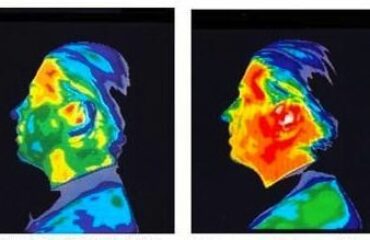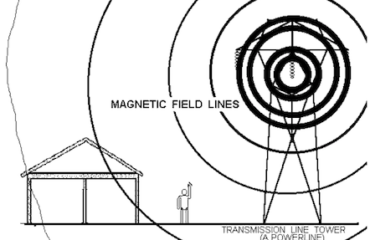Natural Ventilation of Buildings and Spaces

Natural Ventilation of Buildings and Spaces
Many times when clients desire a “green” space or building that connects its occupants to the outdoors, they envision incorporating lots of day lighting and natural ventilation in the architectural design. Certainly, there can be many benefits to be had including lower energy bills, a connection to the outdoors, improved air quality and a supply of fresh air. So is natural ventilation accomplished simply by providing operable (i.e. openable) windows, especially when you are in a mild climate like the Bay Area? Let’s find out…
Natural Ventilation – Cross & Stack
There are 2 basic types of natural ventilation – cross and stack. For cross ventilation, you need windows on opposite sides, for stack ventilation, they need to be placed high and low. You can combine the 2 strategies and place high and low windows on opposite sides but it’s not guaranteed to work unless you locate the windows correctly in terms of wind directions, time of year, sizing, etc. To ensure that it will work irrespective of wind direction and other factors, you will need to incorporate exhaust fans that kick on when the weather outside is not right for cross ventilation to work.
An important thing to consider is that often when the outdoor temperature of the air is just right (e.g. spring), there is also a lot of pollen in the air.
Buildings can combine natural and mechanical ventilation strategies, where the window opening/ closing is tied to the HVAC system of the building. These buildings employ a commonly used strategy, which is to signal the occupants of the building to open windows when the weather outside is right for natural ventilation. All other times, the windows remain closed and the building gets by on only mechanical ventilation. In these buildings, it helps to have lots of shading in the building design either by way of awnings or trees, to limit the need for active air conditioning or full blown HVAC.
There are free software programs available today that can be used to design natural cross ventilation, such as Cool Vent (by M.I.T.) and CONTAM (by N.I.S.T.). Climate Consultant (by U.C.L.A.) is a great tool for carrying out analysis of wind patterns, and annual temperature and humidity in order to determine the percentage of time when natural ventilation will provide desirable conditions indoors. Computational Fluid Dynamics is a highly accurate method of air and thermal analysis but is expensive to commission and requires hiring a specialist with the right software. Natural ventilation fenestration can also be designed to provide various degrees of passive (i.e. non-mechanical) cooling by focusing on sizing, differences between indoor and outdoor temperatures for the time of year in question, amount of BTUs of heat to be extracted from indoor air, etc. The book Mechanical and Electrical Equipment for Buildings has great charts and formulas to help with this aspect of design.

Stack Effect
It is important to ensure that the floor area/ space to be ventilated, is clear with no intermittent partitions blocking the wind flow. With regard to stack ventilation, you need to be able to separate the high and low windows by a minimum of 10′ for it to work. The volume of the space/room will need to be free and clear with no intermittent obstructions that impede air flow. Please remember that the nature of any screen employed in the window will cut down the available size of the opening and should be taken into account.
Stack ventilation is more predictable and preferred over cross ventilation because the former takes advantage of natural buoyancy and is not dependent on direction of wind flow.
Often owners notice existing wind patterns on site. Can you take advantage of these existing wind patterns?
It is important to first confirm if the wind is blowing at a time when the temperature is right to use natural ventilation. It is also important that the times of year when the wind blows should not coincide with pollen/ allergy season. Once this is confirmed, steps can be taken to locate and size openings.
Ultimately for natural ventilation strategy to be employed once the building is ready and occupied, it’s important to think it through with the help of design software and discussion with the project’s mechanical engineer. Keep in mind other issues that can crop up with operable windows, equipment inside could get wet if the windows are accidentally left open during rain; heat escapes from windows in winter. You may also increase chances of break-ins. On the other hand it might be wise to provide operable windows if not for natural ventilation then just for the ability to use them if the power goes out. They also help future-proof a building against the vagaries of climate change.
If you wish to proceed with employing a natural ventilation strategy, please contact HBS for further help with simulations and calculations.
Thank you for taking the time to read this blog!



